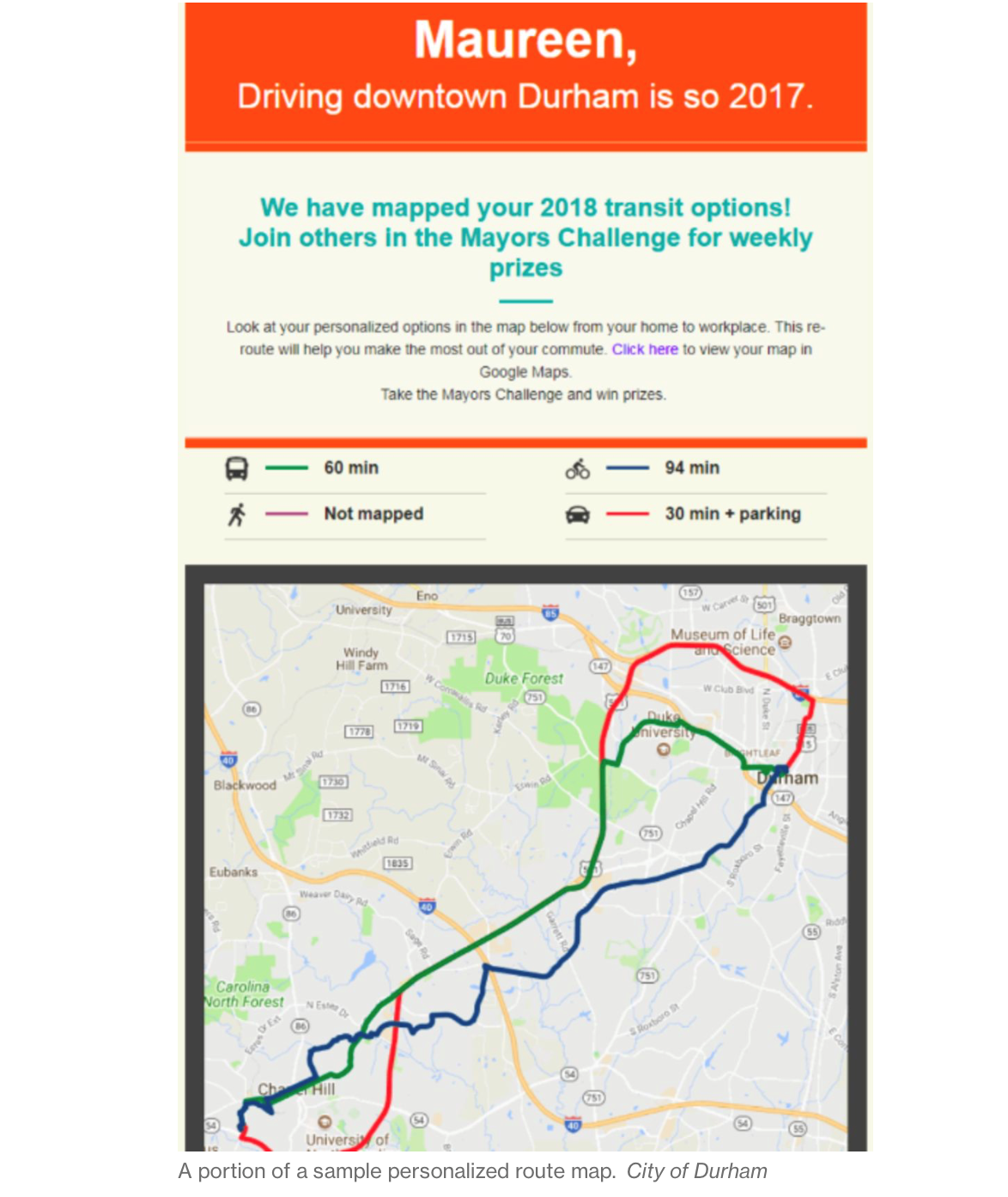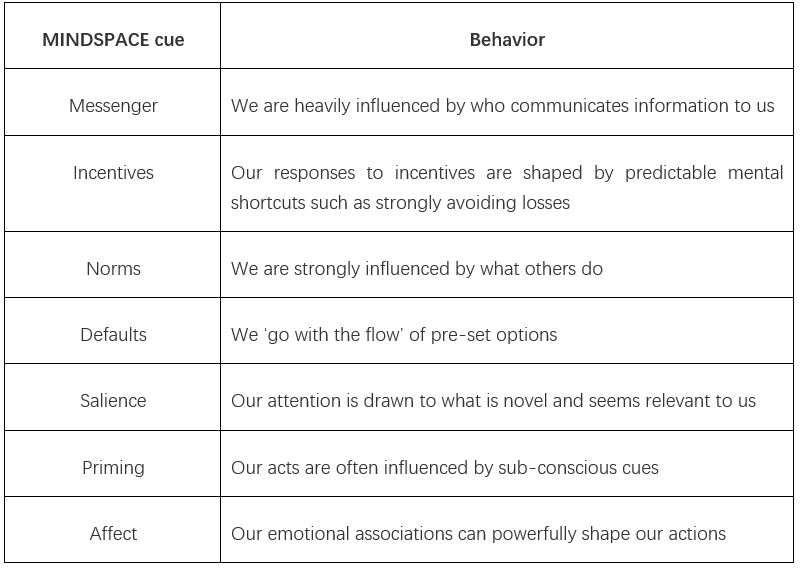

Promoting human behavioral change is the core goal of public policy decision-making. The traditional model is based on the (limited) hypothesis of rationalization, meaning with information and data available, people make decisions by rational analysis of costs and benefits. In this model, public policy makers often use financial incentives, information notification and punishment prohibition to drive people's behavior towards the direction set by policy goals. [1] Behavioral economics model brings psychological factors and irrational decision-making characteristics into the design and implementation of public policies, thus opening up new paths to help public policies effectively change human behaviors.
However, the increasing importance of behavioral economics in public policy design in recent years does not mean that the traditional means and methods of decision-making are no longer applicable. The complexity of social problems that needs to be solved by public policy provides opportunity for different methods to be involved. In addition, traditional methods and behavioral economics methods are also overlapping. This article showcases how behavioral economics can play a role in promoting the low-carbon development of road transportation, hoping to supplement more effective decision-making tools to road transportation emission reduction.
How to Shape Public Transport Preferences?
In the field of road transportation, one of the important influences of behavioral economics on policy in recent years is to promote consumers to use more public transportation. [2] It's no secret that getting people who are already in the habit of driving to take public transport is not easy. A policy experiment in Durham, North Carolina, seems to show that behavioral economics can make a difference.
The municipal government used two behavioral economics strategies to "stimulate" 1,500 people who work in the downtown to choose public transport when commuting. The trial aimed to reduce the number of journeys made by driving alone to the downtown by 5 per cent over six months. First, a software application was provided to citizens, who can input their home and office addresses and get a customized map of travel recommendations (as shown in Figure 1), including the time spent choosing low-carbon options such as cars, public transport and walking, as well as the money saved and health benefits these options would bring compared to driving. The second strategy was to offer bus commuters the chance to win $163 a week in cash. Surveys conducted after the program showed that among those who received travel recommendations and participated in the lottery, the percentage of people who drove alone dropped 16 percent from before the program. Overall, Durham's experiment met the program's goal of reducing the number of car-driving alone to the downtown by more than 5 percent. [3]
Figure 1: Sample of Customized Map of Travel Recommendations

In this case study, people were encouraged to change their minds and take actions by providing information and facts as well as low-risk financial incentives, which is a typical way to promote behavioral change by modifying cognition. Financial incentive is a more traditional approach, while in this case, a user-friendly approach was also applied to provide information and facts (customized travel recommendations), and to convey the potential influence of social norms and trends on human behavior (commuting by car to downtown is a bit out of date). This also indicated that behavioral economics often interacts with traditional decision-making models to better achieve policy goals.
Use the "Context Model" to Promote Electric Vehicle development
“Context Model” is also the most prominent part of behavioral economics in decision analysis. It focuses on the spontaneous process of judgment and influence on people and how the “context” or “situation” in which an action takes place affects people's decisions. Based on this, British researchers summarized the MINDSPACE framework for behavioral change, and explored in depth how the thinking cues (directly related to “context”) affected people's behavior, as shown in Table 1 [4].
Table 1: The MINDSPACE framework for behavioral change

By placing these MINDSPACE cues in the field of electric vehicle development, we may be able to better understand the development of electric vehicle in some countries and the reasons for the rapid growth of some electric vehicle brands.
In Norway, electric vehicles accounted for just 1% of the new car sales in 2011, while in 2020, battery electric vehicles accounted for 54% of the new car sales surprisingly. It took seven years for its market share to reach 20%, but only three years for it to grow from 20.9% to 54%. Norway is on its way to become the first country to achieve low-carbon road transport. After experiencing ups and downs in 2015 and 2016 (the market share in 2016 was even lower than that in 2015),[5] Norwegian electric vehicles seemed to have evolved as a fashion choice for mobility in 2017, and growth has remained strong since. We may try to understand it in terms of the “Norm” in the MINDSPACE cues. Sociologists have found that new social norms emerge after the tipping point -- from being accepted by the minority to being accepted by the majority (more than 50%) -- with a quantitative requirement that 25% of the group support the norm. [6] According to this theory, when electric vehicles account for about 20% of the new car sales, the lifestyle of driving electric vehicles would break through the so-called tipping point and become a "new norm" that can affect more people, and thereby the number of people who accept this norm would increase rapidly, leading to the new norm quickly evolving to become the mainstream. Norway's example may remind us that the most important thing is to get the market share of new electric vehicles past 25%, and then electric vehicles will become the new mainstream choice.
Conclusion: Behavioral Economics Has Great Potential to Deal with the Climate Crisis
So far, not many countries have used behavioral economics to formulate and implement public policy. But as the world increasingly faces the challenge of achieving net zero emissions in energy and economic sectors, especially in terms of getting people to do the hard work of reversing the momentum of climate change and reducing carbon emissions based on long-term cost-benefit considerations, the author believes that behavioral economics has an important role to play.
Note:
[1] Madrian, 2014. Applying Insights from Behavioural Economics to Policy Design. The Annual Review of Economics. 2014. 6:663-88.
[2] Nudging Sustainable Mobility. :Link: https://datasmart.ash.harvard.edu/news/article/nudging-sustainable-mobility
[3] Durham’s Plan to “Nudge” Drivers Out of Cars. Bloomberg, Link: https://www.bloomberg.com/news/articles/2018-10-30/durham-s-1-million-plan-to-nudge-drivers-out-of-cars
[4] P. Dolan, et al., 2012. Influencing behaviour: The mindspace way., Journal of Economic Psychology 33 (2012)
[5] 挪威电动汽车高速发展:驱使消费者行为改变的因素有哪些?袁雅婷,2021. 链接:http://www.reei.org.cn/blog/893
[6]Tippingpointforlarge-scalesocialchange?Just25percent.链接:https://penntoday.upenn.edu/news/damon-
centola-tipping-point-large-scale-social-change
Author:Zhao Ang
Translation: Chen Shikai
Proofread: Pan Yiren & Li Ying
This article is an original article of the Rock Environment and Energy Institute. Please contact us to obtain the appropriate authorization to reprint. For cooperation and authorization, please send an email to: liying@reei.org.cn
* This is the translation of an article in Chinese. Should there be any inconsistency between Chinese and English version, the Chinese version shall prevail.




